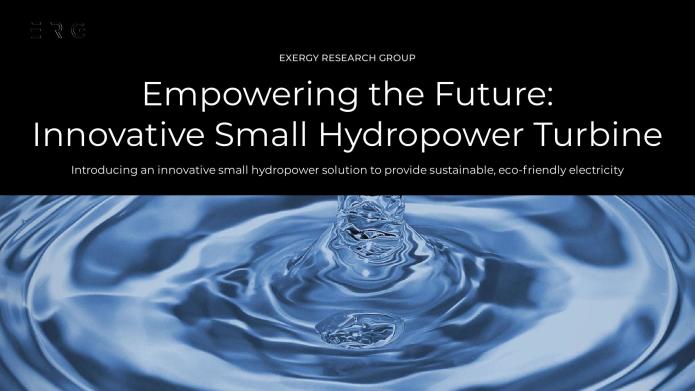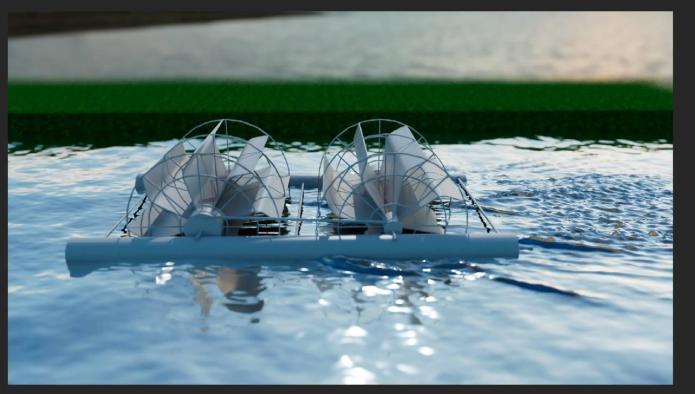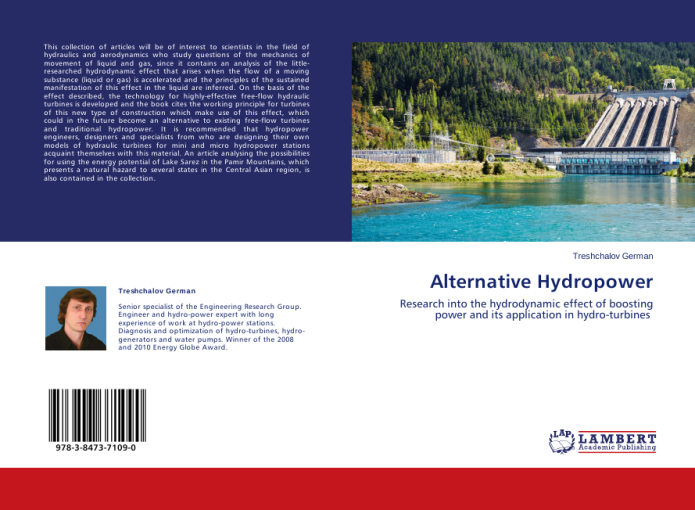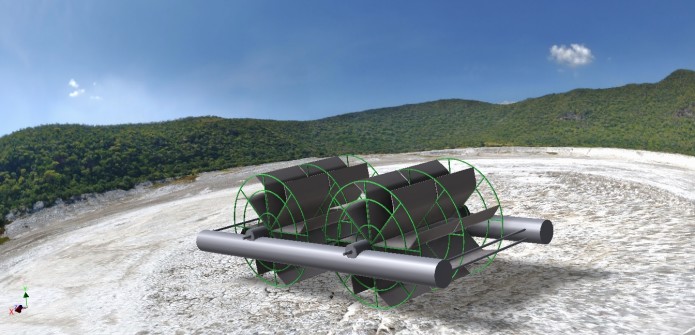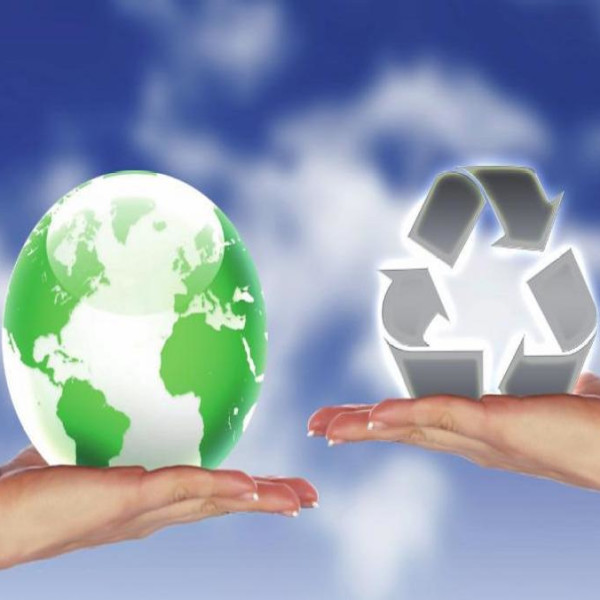
free-flow highly efficient micro hydropower station
Short Summary
In an era marked by political instability, risks of a global energy crisis, soaring fuel prices and an urgent worldwide push to reduce CO2 emissions, the demand for renewable energy solutions has never been more pronounced.
As the world transitions away from fossil fuels, with countries striving to hit their net zero targets by 2050, it is predicted that renewables such as solar, wind and hydro power will account for more than half of global energy production by the middle of the century.
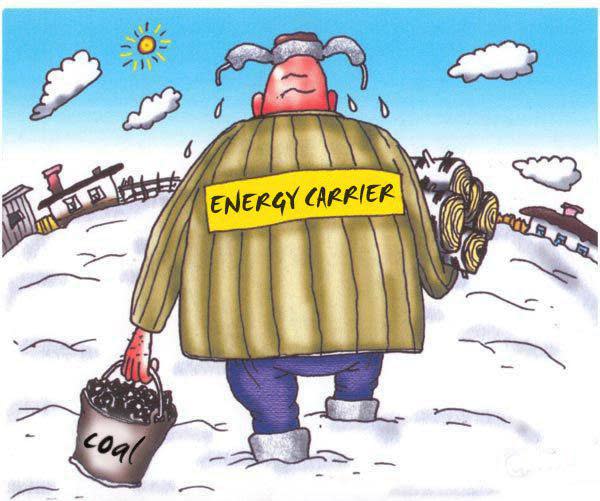
Our project proposes the construction and mass-production of free-flow micro-hydroelectric power plants (micro HPPs), which, unlike traditional hydropower stations, do not require the construction of dams and the blocking of watercourses. The technology of micro HPPs can be used on lowland rivers and canals where it is not possible to maintain the required pressure for traditional dam hydropower stations either by damming or diversion.
Compared to existing similar products, which can only work efficiently in high-speed watercourses (over 2 m/s), our turbine will work more efficiently in slow watercourses thanks to our innovative engineering research and the turbine’s design features (slower than 2 m/s).
This effect is based on a change in the parameters of water flow so that the turbine shifts the sub-critical flow into a critical one, which has minimum energy, thanks to which the efficiency of power extraction from water flow increases (see section “Scientific Rationale” below).
Therefore, under those conditions it is 60-80% more efficient than comparable devices, and that has been proven during the process of R&D which was carried out earlier.
Thus, the design includes the Two-In-One. In other words, it is applicable on both slow and fast flows. Moreover, because the quantity of low speed water channels in the world significantly outnumbers the quantity of high speed canals, our design would fit well into this unoccupied niche market.
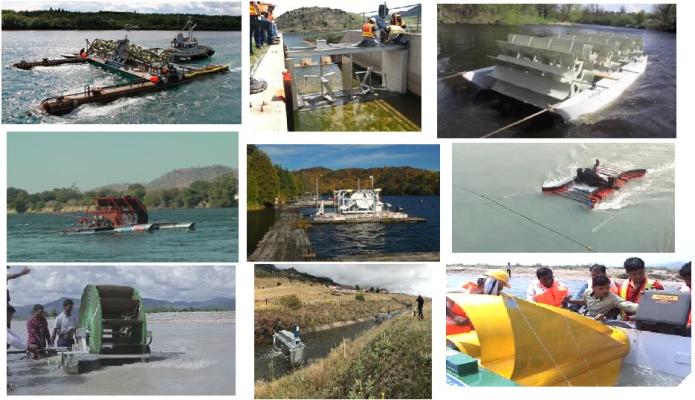
Partial competitors to the technology proposed by us may be other renewable energy sources, such as solar panels and wind generators. Compared to them, our micro HPP has advantages as to the unit power and energy output to represent a return on investment. Besides, our technology is more stable and non-seasonal, it does not depend on weather conditions or time of the day and can work 24/7, all year round.
What We Need & What You Get
For the implementation of the pilot project an investment of $150,000 (USD) is required for one year. These funds are needed to organize the production of micro HPPs for irrigation and electricity generation.
It is proposed to carry out comprehensive design and development work in the first six to ten months, which will become a preparatory step towards the large-scale production of the turbines.
The approximate power capacity of the smallest unit is 3 kW.
This allows the generation of more than 70 kWh of electricity per day, which is enough to power two to three large houses.In this case, only additional technical means are needed to compensate for peak loads.
Larger hydropower units can have a capacity of up to 200-300 kW, which is enough to supply a farm, village, or a settlement. This is possible on channels with a depth of at least 2 meters and a width of 10 meters or more. In this case, annual power generation can reach 1.5-2 GWh.
It is also possible to install a cascade of several small modules connected to one power plant.Such units can be placed at a distance of at least 100 m from each other.
The Impact
Farmers, families and small enterprises located near rivers and canals highlighted the problem of unstable electricity supply to consumers and for irrigation, leading to the desire to solve these problems.
It is also an important and positive factor for the implementation of micro free-flow hydropower stations in countries with warm climates where watercourses do not freeze in winter. This helps to increase the quantity of these turbines’ workhours during the year and to generate more energy compared to countries that do not have such climate advantages.
Our turbine does not harm the fauna of rivers as it does not completely block the channel and rotates only about 20-30 times per minute, which is dozens of times slower than the propellers of boats, ships, or traditional hydro turbines.
In addition, due to the specifics of its operation, our turbine additionally aerates the water, which is beneficial for river fauna and flora.
Small hydropower has enormous potential to stimulate the use of renewables but it is not well-enough developed in the world. However, thanks to increasing fuel prices and efforts to cut polluting emissions in line with the 2015 Paris Agreement, there is a global trend to develop renewable technologies.
Compared to solar power stations (SPS), hydraulic turbines also have additional environmental advantages, as they do not have “consumable” components, such as batteries and solar panels, which are the main equipment in SPSs. They have a limited service life due to degradation of these components over time. And their production and utilization is not environmentally-friendly.
In order to obtain the same amount of energy as hydropower units, wind power plants must have huge dimensions. This is due to the difference between the physical properties of water and air. Water is 800 times heavier than air and this dramatically affects the possibility of obtaining energy from wind compared to water.
Risks & Challenges
Expected risks that may affect the project implementation.
1) Complications during the implementation of non-standard design decisions during R&D.
This may require upscale engineering skill and an out-of-the-box approach.
Such risks are tackled by a selection of qualified personnel – engineers, scientists – ready and capable to come up with slick solutions. Some of the non-standard tasks have already been resolved during the previous stages of R&D. A team of qualified specialists has already been formed and has worked on special elements of the project.
2) Payment default by a potential buyer.
Such a risk is possible. However, private individuals will not be the only buyers of our product. The buyers may include farmers with established credit histories, larger enterprises or even government organizations and arrangements will be made to sell the product on credit.
3) Increased cost of materials
This may affect the product cost. However, such risks are considered small because of a high demand for our product and a lack of supply. A fair price policy may further reduce such risks. The lowering of the product cost for our customers will make our product more desirable.
Other Ways You Can Help
We are also looking at site options to implement our pilot project.
The main site condition is to have a convenient watercourse with a depth of at least 2 meters and width of minimum 5 meters and water flow velocity from 0.8 m/sec to 1.5 m/sec.
It is important to have convenient access to the site and the possibility of setting up a small facility that will be used for the assembly and installation of the turbine.
During the project implementation, it is planned to use local materials, workforce, and specialists.
We are happy to consider any relevant suggestions or proposals.
How We’ll Use the Money
We will use the funds that will be raised during the campaign to build the pilot model of the turbine and to prepare for serial production.
Our costs will include the rental of a riverbank section and a workshop, the purchase and rental of equipment, including welding machines, metal cutting units, and hoisting equipment.
The funds will be used to develop design documentation, to purchase materials and components (metal sheet, pipes, a generator, pump, invertor, and others), and to pay for labor and services.
If a partner provides production and installation sites in line with the section “Other Ways You Can Help” we will use the funds more rationally and provide detailed periodical reports on progress.
Scientific Rationale
BOOSTING EFFICIENCY OF FREE FLOW MICRO HYDROELECTRIC STATIONS (PDF)
RESEARCH INTO THE HYDRODYNAMIC EFFECT OF BOSTING POWER AND ITS FULL-SCALE MODELLING (PDF)


